PETIT PLI NEWS
-
Read more: Size Guide: Babies & Kids Clothes – Petit Pli vs Conventional Sizing

Size Guide: Babies & Kids Clothes – Petit Pli vs Conventional Sizing
Sizing shouldn’t be a guessing game. Petit Pli’s adjustable kids clothing grows with your LittleHuman, reducing waste, cost, and wardrobe clutter. While conventional baby clothes rely on age-based labels, Petit Pli’s patented pleats adapt across growth stages, offering comfort, fit longevity, and sustainability. One garment replaces many, helping families skip the size chart stress and embrace smarter, planet-friendly fashion. Discover clothes that grow.
Read more -
Read more: Father's Day Blog
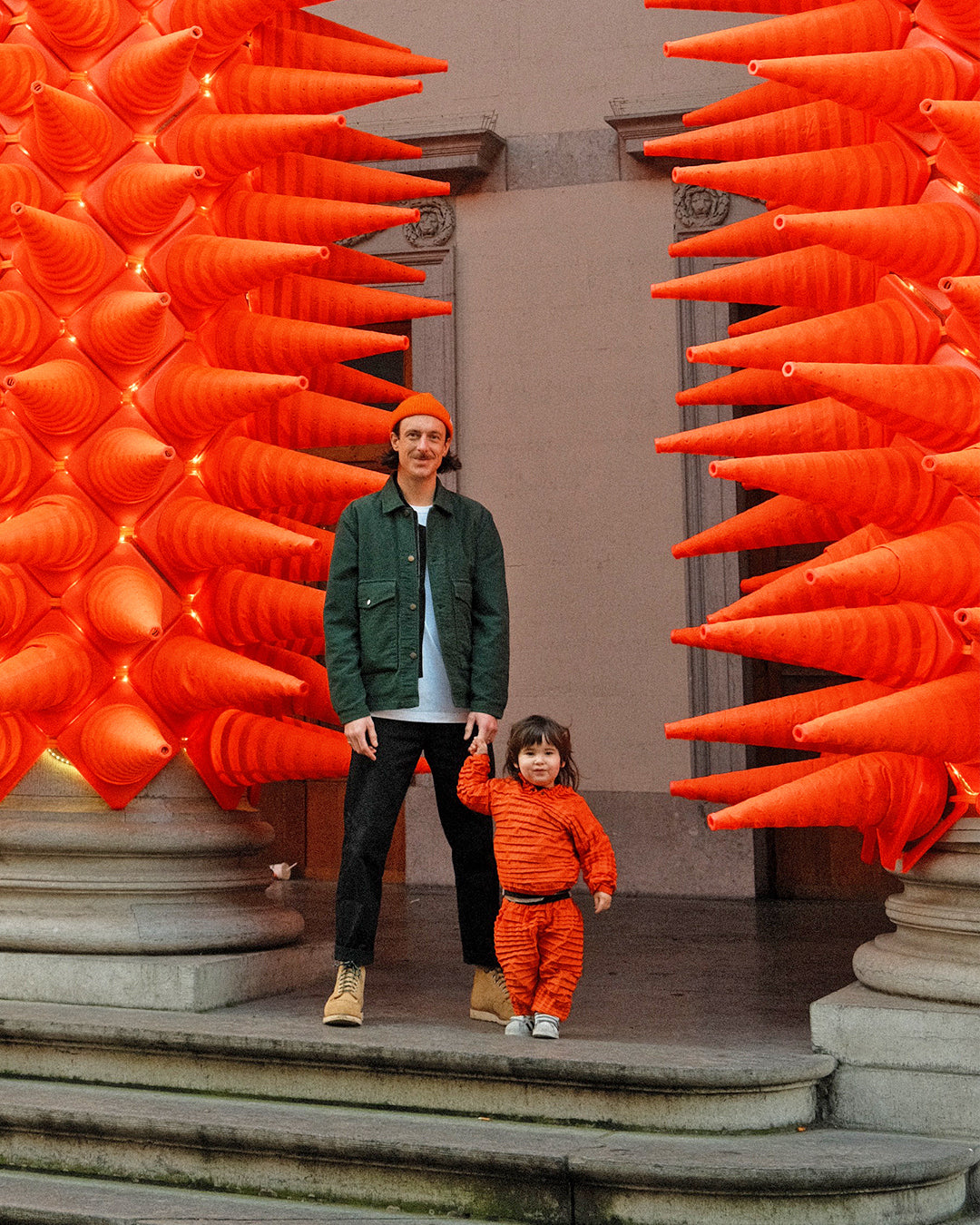
Father's Day Blog
This Father’s Day, Petit Pli invites you to turn moments into memories with The Book of Me & You, a logbook to record special times with your MiniHumans. Inspired by parents like Brian Nguyen, who created a YouTube channel to capture cooking moments with his kids, we celebrate the power of preserving everyday joy. Life moves quickly, but with Petit Pli’s Book of Me & You, you can create lasting memories that your children will treasure for years to come.
Read more -
Read more: Petit Pli Chats with Feldspar
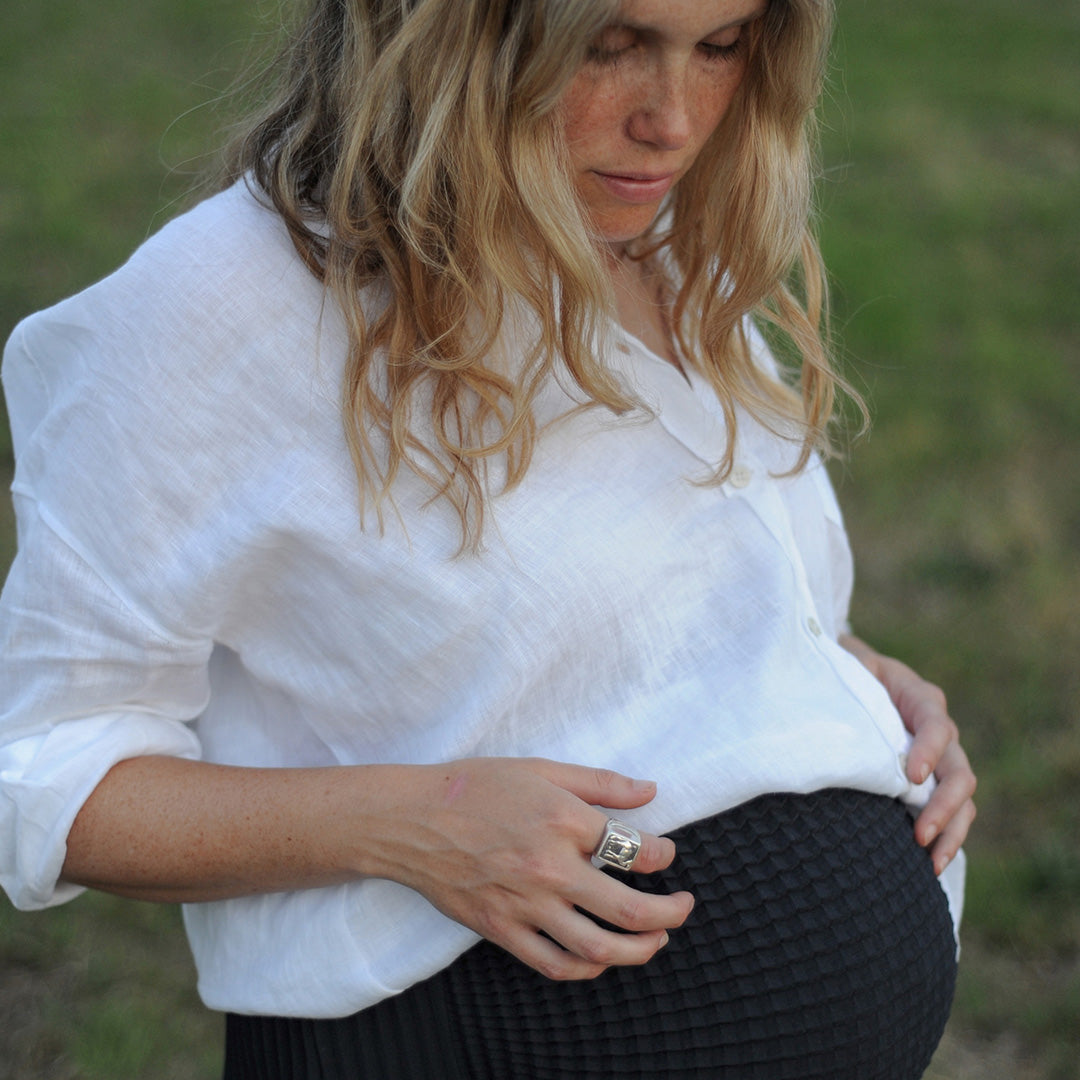
Petit Pli Chats with Feldspar
Petit Pli chats with Cath from Feldspar, a Devon-based ceramics brand known for minimalist kitchenware. Cath shares outdoor adventures near Dartmoor, her journey from the UN to handcrafting ceramics, and her excitement about expanding into woodwork. She recommends a pocket microscope for curious kids and always returns to Harry Potter. Cath wears Petit Pli’s adaptive Adult Maternity Bottoms designed to grow with you during maternity.
Read more -
Read more: Knot-Tile® | Clothes That Grow in Merino Wool

Knot-Tile® | Clothes That Grow in Merino Wool
We’ve perfected water resistant outerwear and have had our sights on warmer layers for the cold months for a couple of years now. Our aim was to build a modular childrens wardrobe that could be tweaked over the seasons and grow over the years. Knot-tile® is our answer, an expandable auxetic knotted structure made from 100% extra fine merino wool.
Read more -
Read more: Mini Me Foldwear
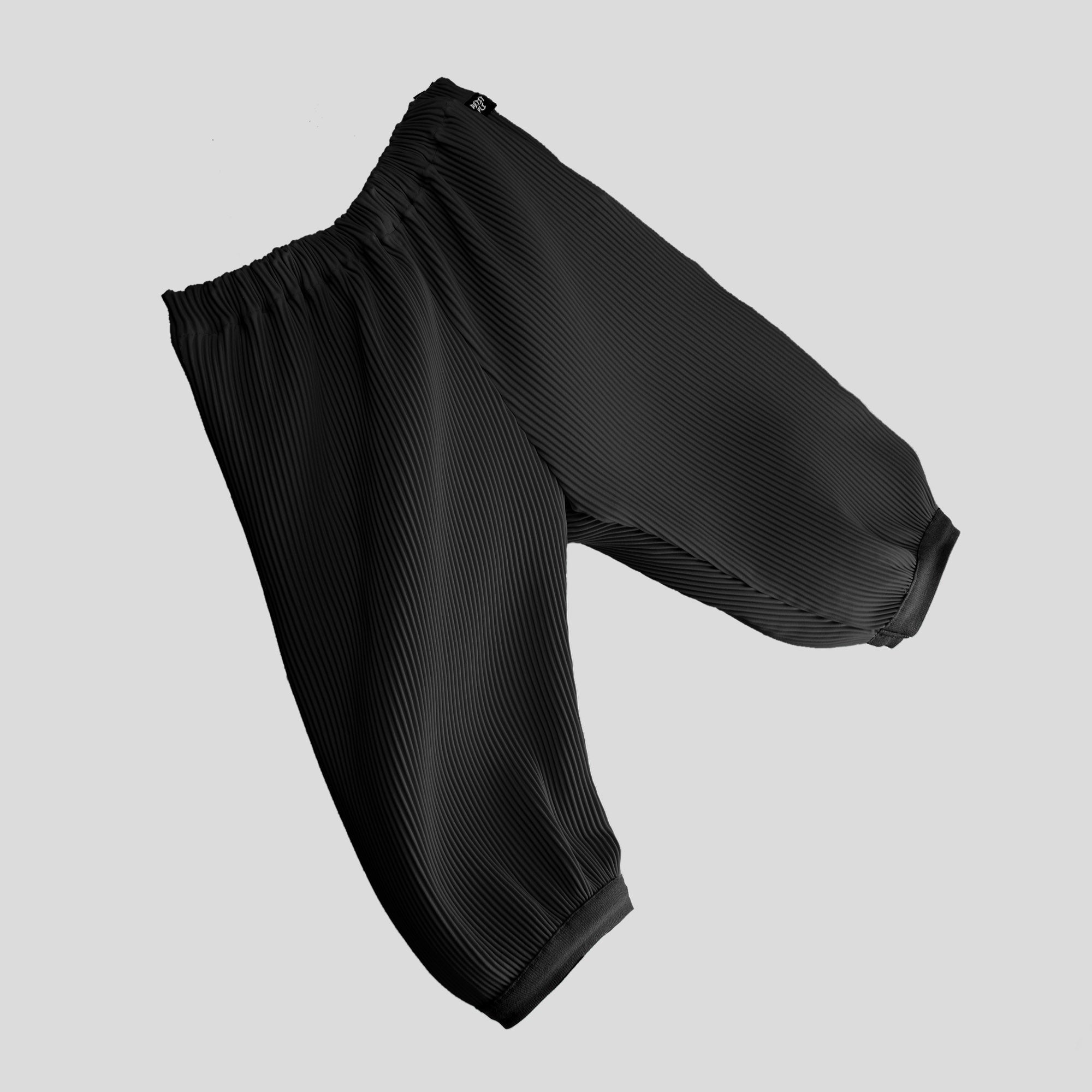
Mini Me Foldwear
The Mini-Me trend, where parents and LittleHumans dress in matching outfits, began in 1908 with French designer Jeanne Lanvin’s mother-daughter line. Today, Petit Pli continues this tradition with our new Mini-Me Foldwear collection. Designed for both adults and children, these versatile bottoms adapt for travel, play and everyday wear. With Clothes that Grow, Petit Pli brings emotional durability, sustainability and style to the timeless Mini-Me phenomenon.
Read more -
Read more: How to Live A Minimalist Life When You Have Children?
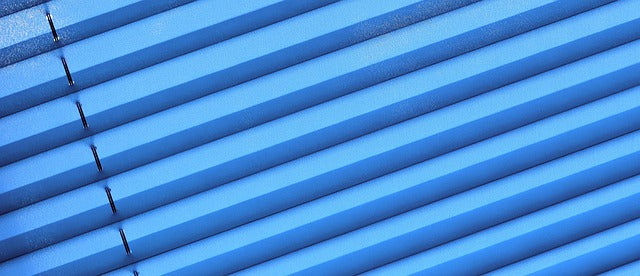
How to Live A Minimalist Life When You Have Children?
Mindful parenting means choosing quality over quantity in kids’ wardrobes. Fast fashion fuels clutter, waste and carbon emissions, while minimalism offers balance, savings and sustainability. By investing in durable, versatile and eco-friendly children’s clothing, families can reduce overconsumption and teach LittleHumans the value of conscious choices. Petit Pli champions sustainable kids’ fashion that grows, helping parents simplify life while shaping a greener future.
Read more -
Read more: Sizing Challenges for Kids' Clothing: Understanding Growth Spurts
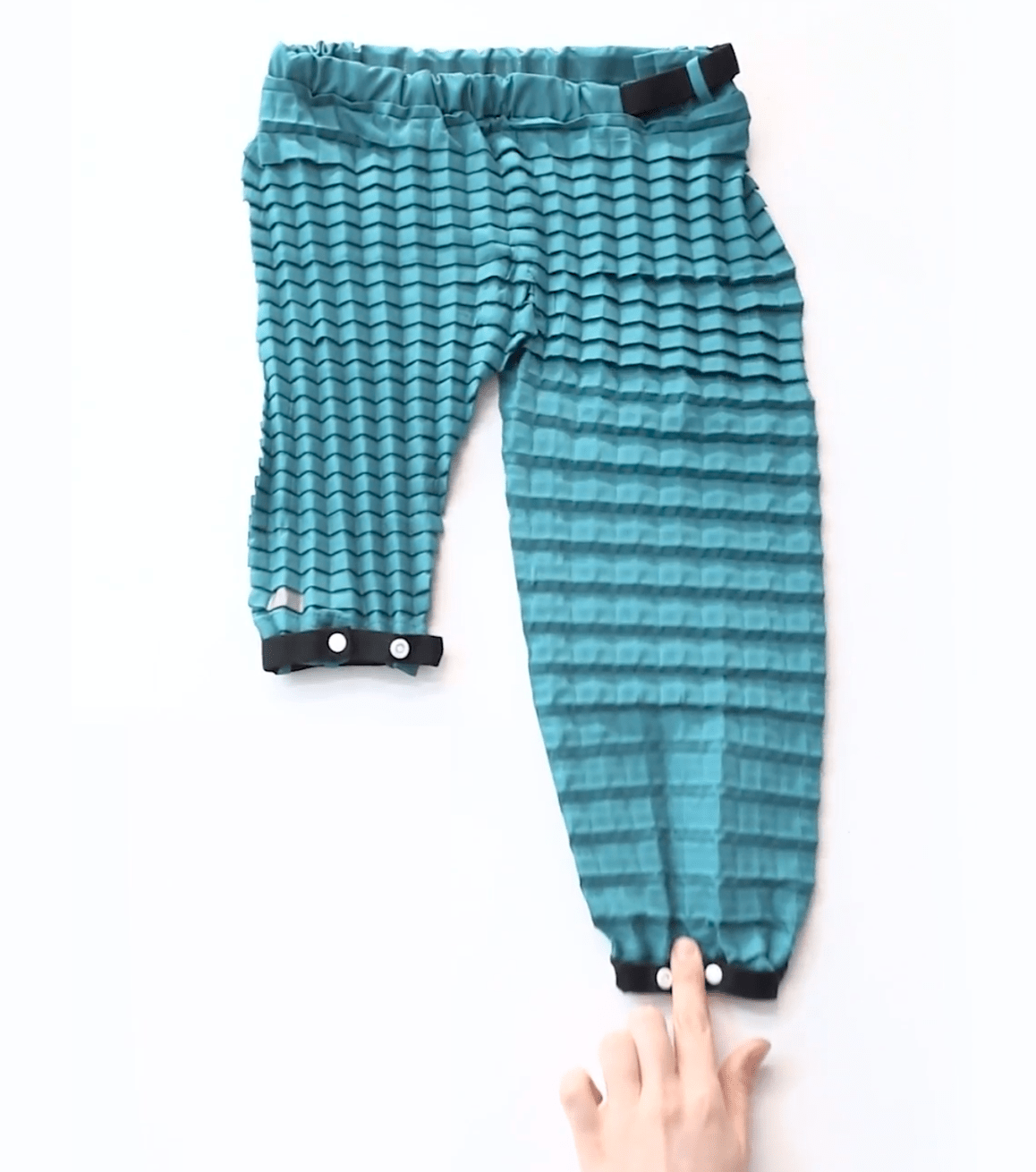
Sizing Challenges for Kids' Clothing: Understanding Growth Spurts
Children grow at different rates, making sizing a constant challenge and leading to wasteful clothing returns with a heavy carbon footprint. Petit Pli tackles this with sustainable kids’ clothing that grows through seven sizes, reducing waste and keeping LittleHumans comfortable through every spurt. By combining adaptability, style and eco-friendly design, Petit Pli helps parents choose gifts and garments that last longer, cut emissions and support a greener future in children’s fashion.
Read more -
Read more: Behind the Bricks Festival - 1 year at Battersea
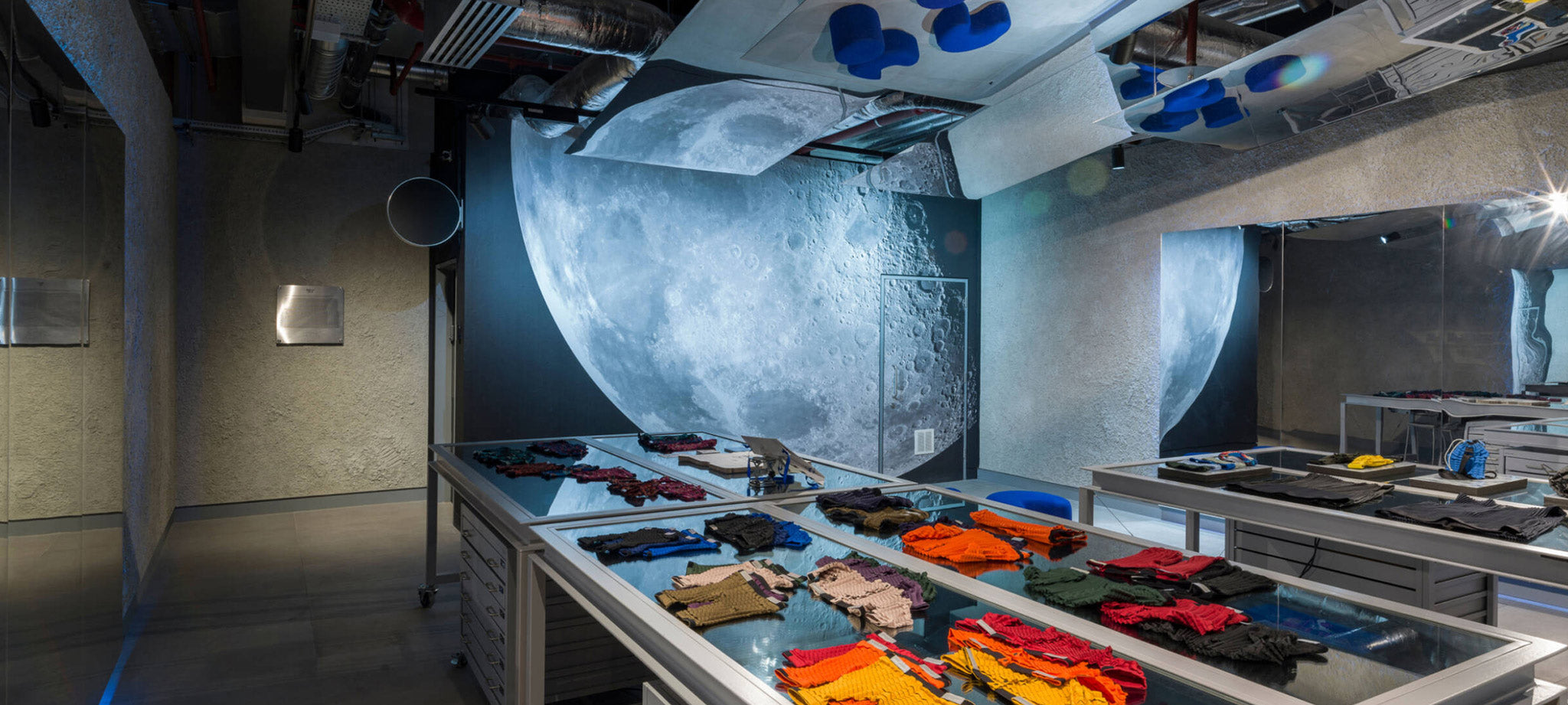
Behind the Bricks Festival - 1 year at Battersea
Battersea Power Station marks its one-year anniversary with the Behind The Bricks Festival, running 21–29 October 2023. Visitors can step back into the spirit of 1930s and 1950s London through guided tours, expert talks, and family-friendly activities. From exploring the restored Art Deco Control Room A to children’s crafts, storytelling and heritage workshops, the festival blends history with entertainment. Shops, bars and restaurants add festive treats for an immersive celebration.
Read more -
Read more: Shape Petit Pli's Future with Your Creativity!

Shape Petit Pli's Future with Your Creativity!
Petit Pli invites you to help shape the future of Clothes that Grow with our Community Print competition at Battersea Power Station. To celebrate our one-year anniversary, we’re asking LittleHumans and grown-ups to design a brick-sized artwork that could become part of our next childrenswear print. Pick up a card in-store or download it online, submit your creation by 14 November, and see it featured in our Brick Gallery showcase this November.
Read more -
Read more: Gift Guide: Petit Pli Edition - The Perfect Baby Shower and 1st Birthday Gifts

Gift Guide: Petit Pli Edition - The Perfect Baby Shower and 1st Birthday Gifts
Petit Pli’s ultimate gift guide is here to help you "gift different, gift the future.” Our sustainable kids’ clothing grows with every LittleHuman, blending comfort, adaptability and style. From eco-friendly baby shower presents to 1st birthday gift ideas, each piece sparks imagination while reducing waste. Explore our curated bundles from £45 to £195.
Read more -
Read more: PRINT 14 - KAT B

PRINT 14 - KAT B
Print 14: Bare Necessities celebrates the wild creativity of childhood through a limited-edition collection inspired by Kipling’s jungle. Designed by Katerina Bielobrova, this wearable art fuses fashion, literature, and nature, capturing Mowgli’s enduring spirit. Let your LittleHuman explore with courage, curiosity, and style. Launching 30th Sept 2023.
Read more -
Read more: 5 Things To Do With Your LittleHumans In London This Summer
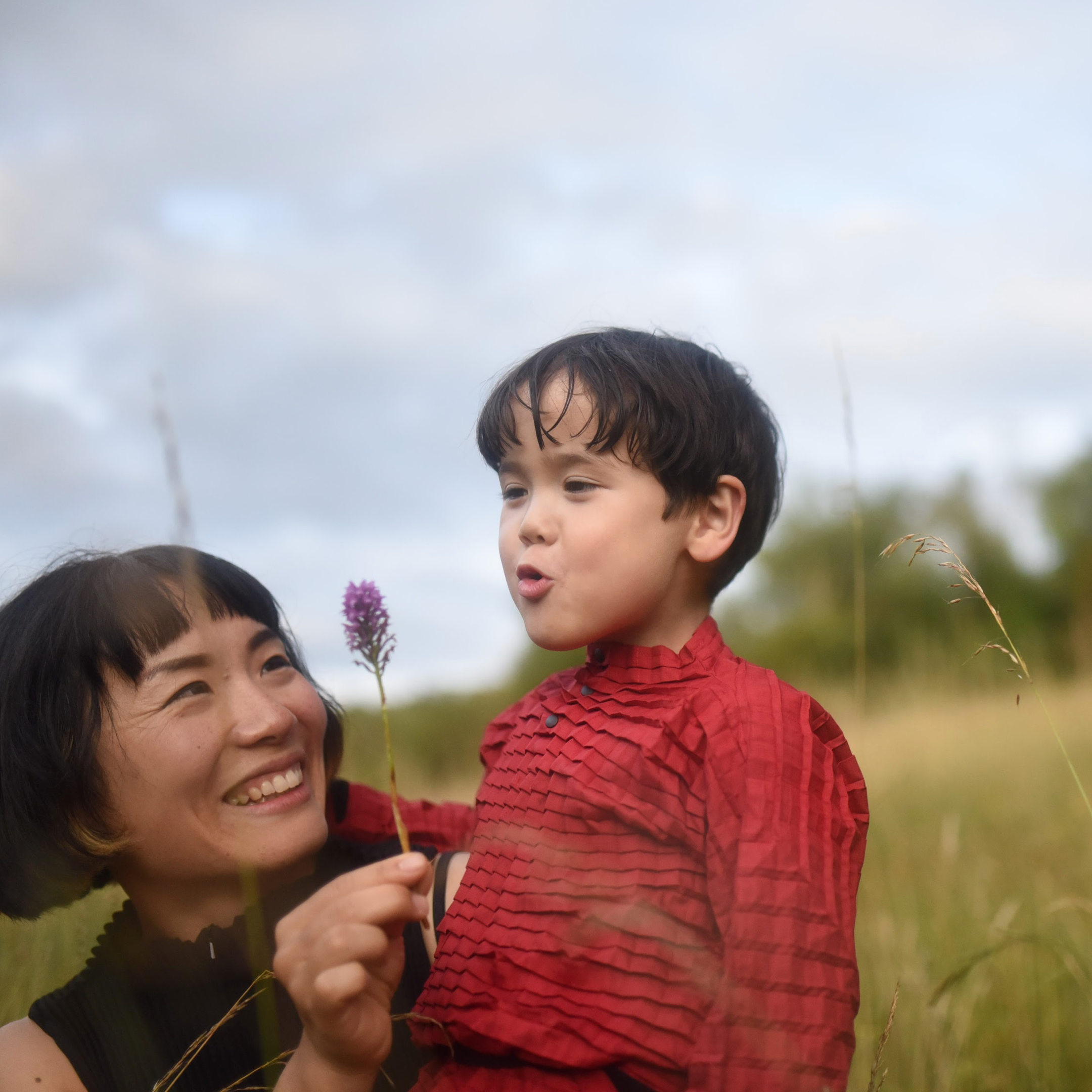
5 Things To Do With Your LittleHumans In London This Summer
Blast off into London Summer 2023 with Petit Pli as your guide to family adventures. From recycled playgrounds at Southbank Centre and splashing fun at the Royal Docks to magical marionettes on the Puppet Theatre Barge, the city is alive with creativity and play. Explore lush parks, cycle new paths, and dive into immersive museum exhibits where Petit Pli’s Clothes That Grow are on display. End the journey at Battersea Power Station, home to our first store and endless summer discoveries.
Read more











